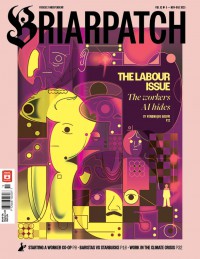-
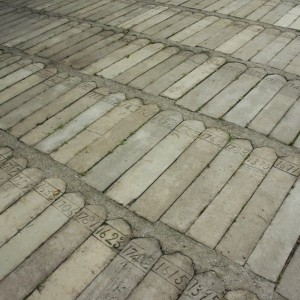 Magazine
MagazineClass inaction
Survivors are speaking up about the abuse they endured in Canada’s government-run institutions for disabled people. Class-action lawsuits promise them justice – but can they deliver?
-
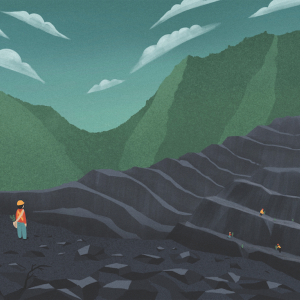 Magazine
MagazinePlanting trees in a coal mine
Reclaiming mines is touted as an essential part of a just transition. But in Teck’s B.C. coal mines, two tree planters were left asking: were they part of reclamation, or greenwashing?
-
 Magazine
Magazine“With our own hands”
Workers and international students in Brampton are fighting back against wage theft, naming and shaming employers to recover over $250,000 in stolen wages. 12 workers share the lessons they’ve learned in the fight.
-
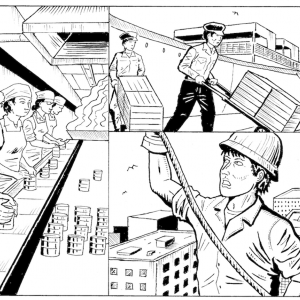 Magazine
MagazineIndigenous labour struggles
From leading one of British Columbia’s earliest strikes to fighting against low wages and racist bosses, some pivotal moments in Indigenous labour history.
-
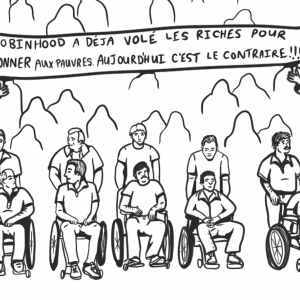 Magazine
MagazineHow Quebec workers won – and kept – anti-scab laws
If anti-scab legislation is to be extended across Canada, the NDP’s best efforts and the Liberals’ reluctant co-operation might not be enough. The history of the Quebec labour movement can show us how to fight for anti-scab legislation.
-
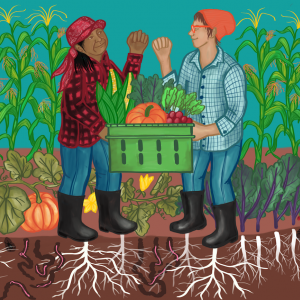 Magazine
MagazineBuilding farm worker power
Across Canada, farm workers are facing hotter summers and extreme weather, while being denied basic labour protections like a minimum wage. The farm workers organizing within the National Farmers Union want to change agriculture’s unsustainable conditions.
-
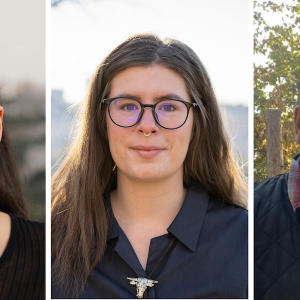 Magazine
Magazine“We inhabit a land; the land inhabits us”
An interview with the judges of Briarpatch’s 12th annual Writing In The Margins contest: Rana Nazzal Hamadeh, Jessica Johns, and Randy Lundy.
-
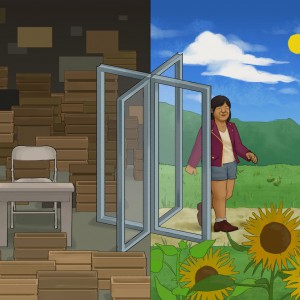 Magazine
MagazineExiting the revolving door
Sheltered workshops for disabled people allow employers to evade labour standards and pay workers below minimum wage, all under the guise of never-ending “training programs.”
-
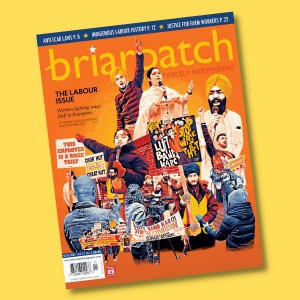 Magazine
MagazineKeeping justice in a just transition
As the term “just transition” gains traction with policymakers and fossil fuel companies trying to paint themselves green, the articles in this issue remind us that a just transition means justice for workers, migrants, and Indigenous Peoples.
-
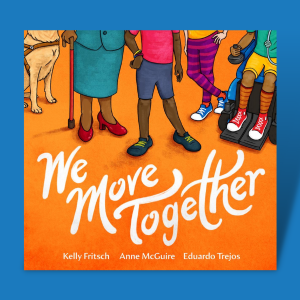 Magazine
MagazineKids review “We Move Together”
Five kids, from ages 6 to 13, review “We Move Together”, a children’s book about disabled people navigating their neighbourhoods and making friends along the way.
-
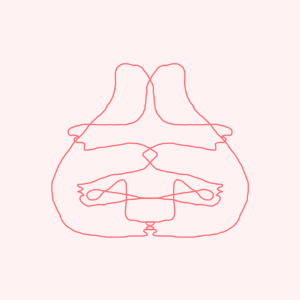
-
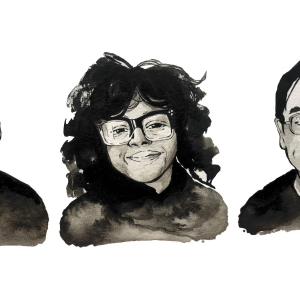 Magazine
MagazineRoundtable on long COVID in Canada
Three people living with long COVID discuss government responses to the pandemic, what doctors need to know, and how people can support long haulers.
-
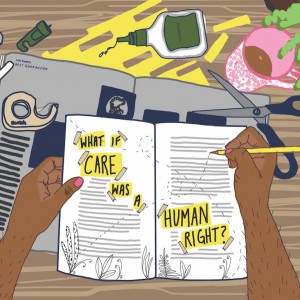 Magazine
Magazine“There are disabled people in the future”
An interview with Leah Lakshmi Piepzna-Samarasinha about “crip doulaing,” the future of the disability justice movement, and understanding access and care as joyful.
-
 Magazine
Magazine“We are fed the same way caged animals are”
To understand what life is like along the “continuum of confinement,” three people living in prisons and long-term care homes share the food they have eaten and eat every day.
-
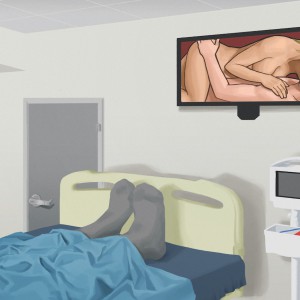 Magazine
MagazineFighting for the right to fuck
For more than a century, eugenicists have tried to eliminate disabled people through sexual sterilization. Today, disabled people’s sex lives are still surveilled, suppressed, and punished in institutions.
-
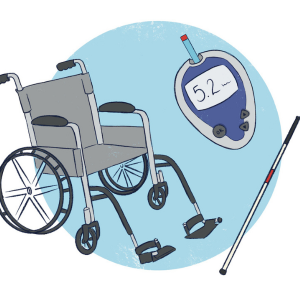 Magazine
MagazineCare without institutions
Four case studies of projects that are meeting disabled people’s needs through community care.
-
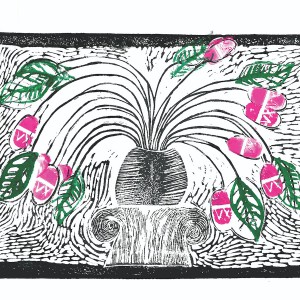 Magazine
MagazineThe pressure to be cured
Both professional and popular psychology are focused on “curing” individuals of distress. But without looking at a person’s social and political context, the pursuit of a cure can do more harm than good.
-
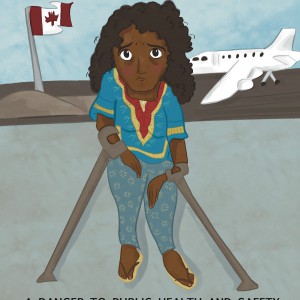 Magazine
MagazineMigration has always been a disability justice issue
An interview with Ameil Joseph about the history and present of Canada’s discriminatory treatment of disabled migrants
-
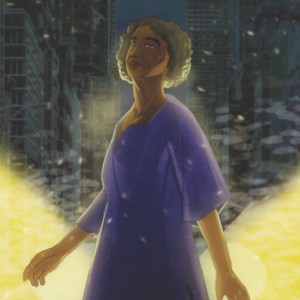 Magazine
MagazineWalking with my mother
In 2017, my mother was diagnosed with Alzheimer’s. The city she once navigated with ease became dangerous and confusing, and I learned that it was worsening her symptoms. As a daughter and an urban planner, I wondered: what would a city built for disabled people’s safety and ease look like?
-
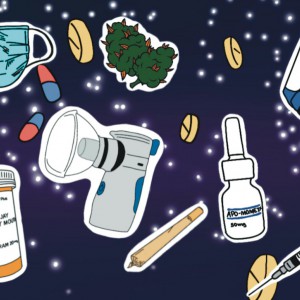 Magazine
MagazineWhat we need to be well
There’s a big overlap between communities of disabled people and illicit drug users. A safe supply of drugs should be considered a fundamental part of disability justice.

